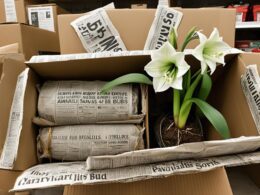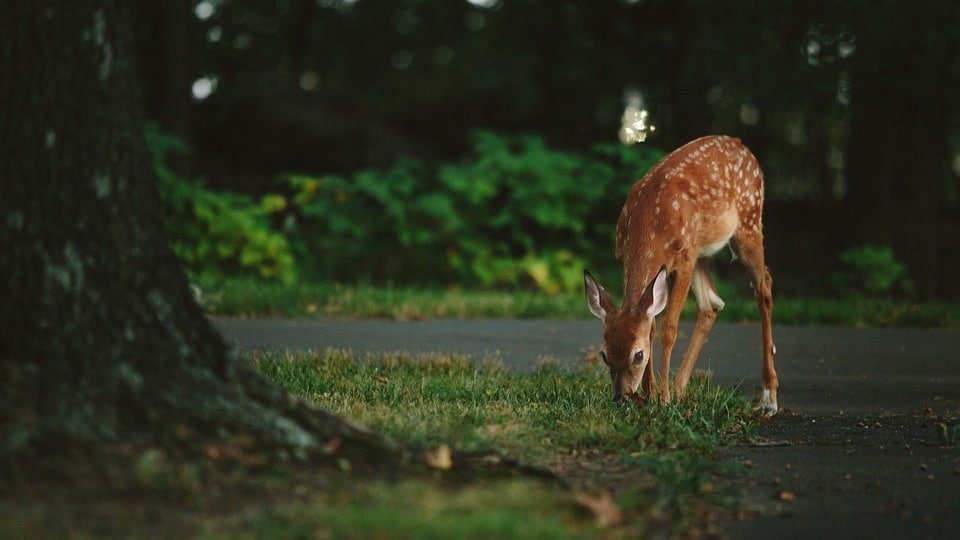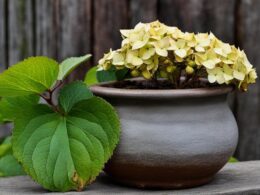Are you struggling to differentiate between plants with foliage similar to dandelion leaves in your garden or the wild? Look no further! In this article, we will explore some common plants that resemble dandelions and discuss how to distinguish them from the real deal.
Dandelions (Taraxacum officinale) are easily recognizable with their signature yellow flowers and spiky greens. They are a versatile plant that is edible and medicinal, making them a valuable addition to your outdoor spaces. However, it’s essential to be able to identify other plants that mimic dandelion leaves to avoid any confusion.
Keep reading to learn about the distinguishing features of dandelions and how to appreciate their uniqueness in your garden or outdoor explorations.
How to Identify Dandelions
Dandelions are easily identifiable by their distinguishing features. Here’s how you can identify these versatile plants:
- Yellow Blooms: Look for bright yellow flowers with multiple petals. Dandelions have one flower per stem, located at the top of the plant.
- Basal Leaves: Observe the leaves growing directly from the base of the plant. Dandelion leaves are lobed and produce a milky sap when broken.
- Unbranching Stems: Notice the single, unbranching, hollow stems that hold the flowers. Unlike other plants, dandelions do not have multiple stems or branches.
- No Hairs or Branching: Pay attention to the absence of hairs on both the leaves and stems. Dandelions also lack branched stems.
- Variable Toothed Edges: Examine the edges of the leaves. Dandelion leaves have toothed edges with teeth pointing towards the center of the plant. The tooth shapes may vary.
These distinguishing characteristics can help you differentiate dandelions from other look-alike plants. Remember to search for these features when identifying dandelions in your garden or the wild.
Uses of Dandelion
Dandelions are not just ordinary weeds; they have a multitude of culinary and medicinal uses. Incorporating dandelions into your diet can provide both nutritional and health benefits. Here are some creative ways to unleash the potential of dandelions:
Culinary Uses
- Dandelion leaves in salads: The tender and slightly bitter dandelion leaves can add a unique flavor and texture to your salads. Simply wash them thoroughly and toss them with your favorite vegetables and dressing.
- Cooked dandelion greens: Similar to spinach or kale, dandelion greens can be sautéed, steamed, or added to soups and stews. They are packed with vitamins A, C, and K, as well as essential minerals like iron and calcium.
- Dandelion pesto: Blend dandelion leaves with garlic, nuts, Parmesan cheese, and olive oil to create a flavorful and nutritious pesto sauce. Enjoy it on pasta, sandwiches, or as a dip.
- Dandelion flower jelly: The vibrant yellow dandelion flowers can be transformed into a sweet and floral jelly. Combine them with sugar, lemon juice, and pectin to create a unique spread for your toast or pastries.
- Dandelion flower tea: Steep the dried dandelion flowers in hot water for a refreshing and caffeine-free herbal tea. This tea is known for its detoxifying properties and is often enjoyed for its mild earthy flavor.
- Dandelion in baking: Add a pop of color and subtle flavor to your baked goods by incorporating dandelion petals into bread, muffins, or cookies. Their bright yellow hue can make your treats visually appealing.
Medicinal Uses
- Digestive aid: Dandelion has a long history of being used to support digestion. It has been traditionally used to alleviate digestive discomfort, stimulate appetite, and promote healthy bowel movements.
- Urinary tract health: Dandelion is believed to have diuretic properties, which may contribute to the health of the urinary system. It has been used to help cleanse the kidneys, promote overall urinary tract function, and potentially alleviate symptoms of urinary tract infections.
- Liver and kidney support: Dandelion has been recognized for its potential to support liver and kidney function. It may help promote detoxification, improve liver and gallbladder health, and support the body’s natural cleansing processes.
- Appetite stimulant: Dandelion has traditionally been used as an appetite stimulant, especially for those experiencing a lack of appetite or sluggish digestion. Its bitter properties may help enhance taste perception and increase appetite.
With its versatile culinary uses and potential health benefits, dandelion is truly a remarkable plant. Consider incorporating dandelion into your meals and exploring its medicinal properties. Discover the wonders of this humble weed and unlock its potential for nourishing both your body and mind.
Do Dandelion Look-Alike Plants Also Have Yellow Flowers Like Bushes?
Yes, dandelion look-alike plants also have yellow flowers like bushes. These plants, which may resemble dandelions, produce bright yellow flowers that can easily be mistaken for the flowers commonly found on yellow flowered bushes. It’s important to carefully examine the leaves and stems to properly identify these plants.
Conclusion
Dandelions are truly remarkable plants that offer a multitude of benefits. With their widespread availability and versatile uses, they are a valuable addition to any foraging experience. Foraging for dandelions not only allows you to connect with nature but also provides an opportunity to appreciate the abundance of these plants right in your own backyard.
Often considered pesky weeds, dandelions are, in fact, a wonder plant. Their adaptability, nutritional value, and healing properties make them deserving of our appreciation. From the flowers to the leaves to the roots, every part of the dandelion is usable and offers unique benefits.
For those interested in culinary exploration, dandelions present a world of possibilities. The leaves can be added to salads or cooked as a nutritious green. The vibrant yellow flowers can be transformed into jellies, teas, or delightful additions to baked goods. Even the roots can be roasted to create a flavorful coffee substitute.
Moreover, dandelions have been used for centuries in herbal medicine. They have been known to aid digestion, improve liver and kidney function, and stimulate the appetite. The healing properties of dandelions offer a natural and accessible alternative for promoting overall wellness.
In conclusion, dandelions should be appreciated for their versatility, nutritional value, and healing properties. By embracing the benefits of foraging for dandelions, you can tap into the wonders of nature and elevate your culinary creations and health regimes. So, next time you spot a dandelion, remember its potential and how it can enrich your life.









